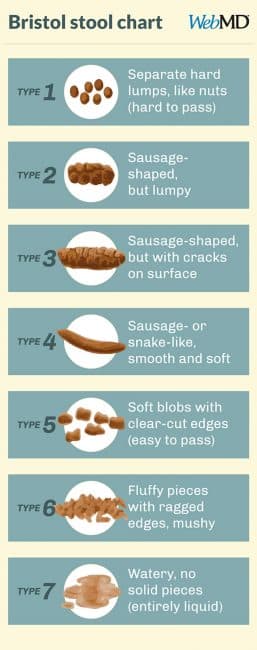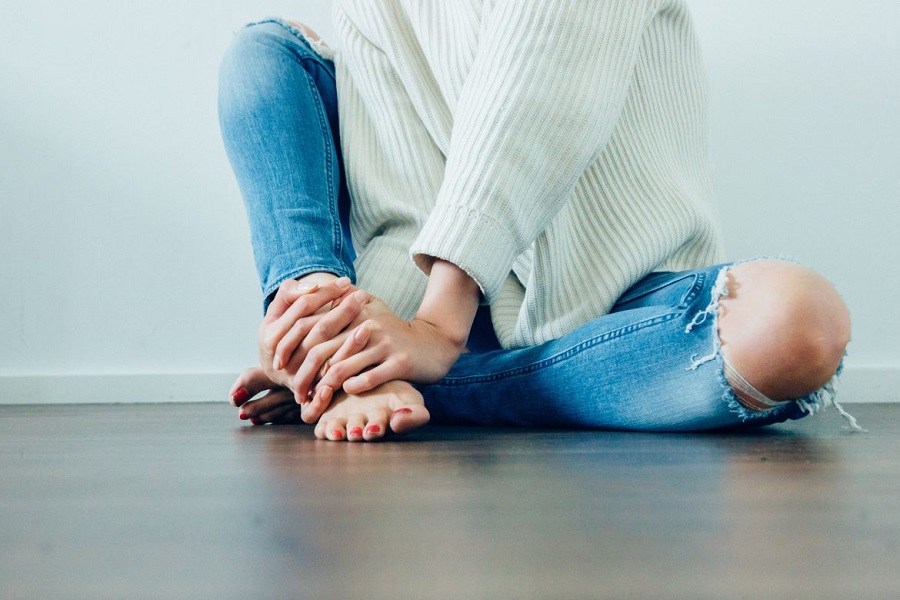Most people experience constipation at one time or another. Some even live with it daily. While you often hear doctors say that everyone’s “normal” is different, constipation is definitely NOT something to put up with.
Health, defined by many doctors, is the absence of disease. But by now, you probably recognize that health is more than just getting by. You want to function optimally. The absence of identifiable disease could mean that your system isn’t showing disease yet but perhaps isn’t getting the nourishment it needs to prevent disease. We want better for ourselves, and we want better for you.
I’d like to propose a reason or two that “healthy” doesn’t necessarily mean optimal.
What is Constipation?
Constipation, according to the American College of Gastroenterology, is “based upon symptoms including unsatisfactory defecation with either infrequent stools, difficult stool passage or both. Any recent change in bowel habits, if persistent, may be cause for concern”. They also state that some people have three bowel movements on average per week and are healthy.
Which is why it is important to keep an eye on your stool habits as they are an indicator of how your system is doing!
The Bristol Stool Chart
For those of you who are visual learners, here’s a fun chart for you, called the Bristol Stool Chart. This was developed by a team of doctors at the Bristol Royal Infirmary in Bristol, England, after observing the bowel habits of about 2000 people. The chart indicates the texture of stool and health of digestion. Ideally, you want to be at Type 4. Type 3 and 5 are also acceptable, but if you are moving toward the low or high end of the scale, you have some work to do and probably have symptoms that correlate with your stool. Constipation would be Type 1 or 2. If you’re someone who has a hard time discussing this with your doctor, the visual scale can be helpful.

The reason we should ideally be pooping every day is this: stool is made up of mostly water, fiber (undigested food), bacteria, proteins, salts, and other substances made by the intestines. Bowel movements help us get rid of metabolic byproducts like extra estrogens, and other toxins we come into contact with that our liver had to process, like heavy metals, pesticides, insecticides, food additives, medications, or even microorganisms. Many of these are eliminated in urine as well, but some depend on good digestion to leave the body.
What Your Poop Says About Your Gut
- Normal stool should be brown or green-brown due to bile salts and bilirubin, which is a byproduct of red blood cell breakdown in the body.
- While stool will have an odor, very foul smelling poop can indicate dysbiosis in the gut and/or poor diet.
In addition to knowing what a healthy poop looks like, it is good to know what are considered to be alarm symptoms. In general, red or black stools can indicate bleeding in the gastrointestinal tract.
Do keep in mind that foods you eat and medications/supplements can change the color of your stool too. Another one to watch for is greasy, foul-smelling poop on a regular basis as this can indicate trouble digesting fats. If you don’t digest fats well, you may be at increased risk for fat-soluble vitamin deficiencies (vitamins A, D, E, K – all vital players in immunity and overall health).
Talk to your doctor if you see red or black stools as this can indicate blood in the gastrointestinal tract. If you notice any other colors and if the color change goes away after a few days, you likely just ate something out of the ordinary, like lots of greens or carrots.
We know that our gut health impacts everything from mental health (depression, anxiety) to hormone regulation to skin health. Since chronic constipation is also linked to depression, bowel disease, and bowel obstruction, it’s smart to address the cause of constipation and not ignore it. If you’re not seeing healthy bowel movements for you or your child, don’t hesitate to reach out to us. We are experts at addressing gut issues!
Interventions to Consider
We are fans of taking a whole-person approach to preventing constipation, and getting the gut in tip-top shape is often on the top of our “to-do” list with patients.
Fiber
Fiber is a common go-to remedy for constipation. Many people simply do not consume the recommended 25-30 grams of daily fiber, which serves to feed the good bacteria in the large intestine as well as bulk up and soften the stool. Some even argue that we should be getting 50+ grams per day for optimal gut function. For reference, a slice of bread often only has 2-3 grams of fiber. Optimal sources are minimally processed fruits, vegetables, nuts/seeds, grains, and legumes (if they agree with you). For example, minimally processed can mean that the whole fruit is preferable as compared to a juice – This is due to the reduction in fiber (and other nutrients) that occurs with processing.
One Caution: When increasing fiber, go low and slow. Introducing large amounts of fiber all at once will likely lead to digestive distress because your gut bugs are not acclimated to help you digest it.
Quick Tip: Try adding 1-2 tablespoons chia or flax seeds to smoothies for an easy way to boost fiber.
Fermented Foods
Fermented foods are often lacking from most people’s diets. Fermentation creates probiotics (the bacteria themselves) in the process, and consuming these can have beneficial effects for our gut health. Examples include lacto-fermented sauerkraut, pickles, water kefir, kombucha, kimchi; these can help re-balance bacteria and help normalize stools. When purchasing these, avoid those that use vinegar (these are pickled not fermented) and choose refrigerated products that have a short ingredient list like: “Cabbage, Water, Salt” for example. Some brands we like at Newbridge: Bubbies, Wild Brine, and Farmhouse Culture.
A good way to incorporate these is to pick one meal that you will be consistent in eating your choice of fermented foods. If you are always at home for breakfast or dinner, choose one of those meals to add a forkful of fermented colorful veggies to before you eat. Fermented veggies are also purported to increase digestive enzymes, and are eaten for this reason before meals in many parts of the world. You can easily make some at home with minimal equipment and cost.
Fat
Fat is another food that may help with constipation. Including healthy sources of fat – olives/olive oil, avocado/avocado oil, sardines and salmon – can lubricate the digestive system. Just as with fiber, you’ll want to slowly ramp up fat intake so your digestive system can adjust. As you do this, be mindful of the overall calorie increase and compensate by removing junk foods first and unneeded snacking second. You don’t need to add very large amounts of fat. Instead, use this as a reminder that fat is an essential part of a balanced meal and also is needed to help absorb vitamins A, D, E, and K.
A few other tips…
- Drink enough water – Dehydration leads to water reabsorption in the large intestine, slowing down bowel movements.
- Exercise – Daily movement stimulates the bowels.
- Supplement for additional support if needed: Vitamin C, magnesium, and probiotics can all help. See your provider for dosing and brand recommendations.
Our systems are complex, and constipation is often related to other underlying issues in the body. If you need further help uncovering the root cause of constipation for you or your loved ones, reach out to schedule a session with Rachel or any other provider.
Resources:
American College of Gastroenterology – “Constipation and Defecation Problems”
Division of Clinical Pharmacology and Toxicology, Hospital for Sick Children, Toronto – “Detoxification pathways in the liver”
Healthline – “Types of Poop”


